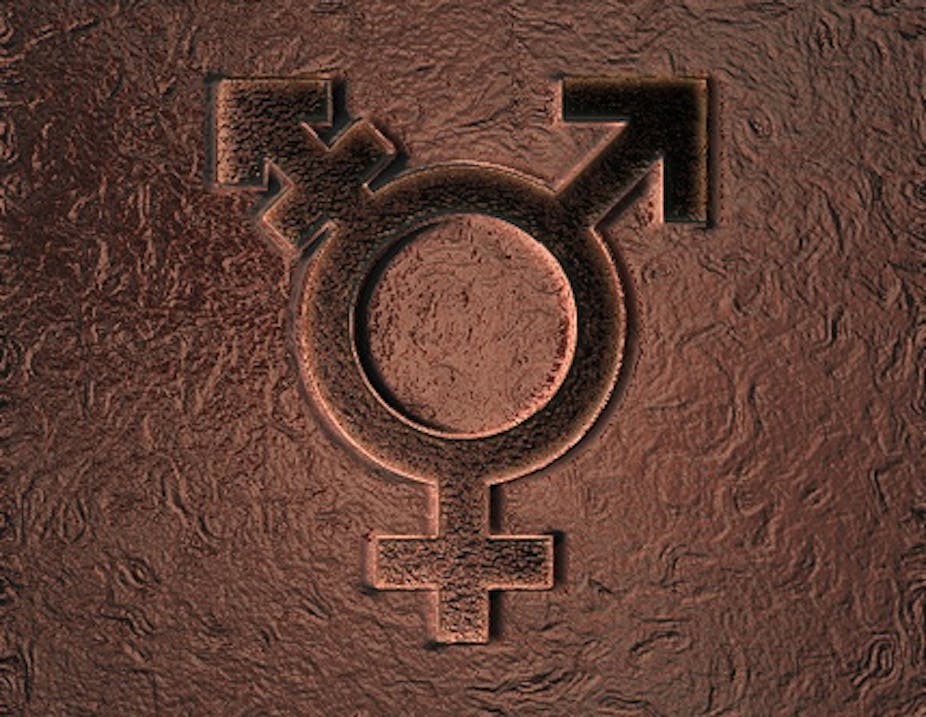The practice of eugenics is returning to contemporary Australia in the treatment of transgendered children.
With the cooperation of the Family Court, children as young as ten are being put on puberty delaying drugs after being diagnosed with “gender identity disorder” or “gender dysphoria”.
There is the expectation that they will be moved onto cross-sex hormones at 16 and receive surgery to amputate their genitals at 18.
Taking from the past
There are similarities between the eugenic sexual surgeries and drug treatments of the past and the transgendering of children now.
The ideas for both treatments come from scientists of sex such as biologists, endocrinologists and psychiatrists. Both practices are based on the idea that certain problematic behaviours have a biological basis and can be “cured” by treatments which alter sexual characteristics.
Historically, eugenics practice was directed at the control or elimination of the economic underclass, “morons”, prostituted women, criminals, gypsies, those deemed morally deficient and lesbians and gays.
The eugenic treatment of lesbians and gays in the past included surgeries such as castration, hysterectomy, vasectomy and lobotomy.
Though males seeking to be transgendered today may be attracted to women or other men, it is recognised that the women are generally lesbians before they are diagnosed as “transgender”. Professionals involved in treating gender identity disorder in childhood are aware that three quarters of the boys referred for diagnosis by their parents will be homosexual or bisexual when they reach adulthood.
A regime of transgendering children, as well as adults, shores up up a correctly gendered and heterosexual state and citizenry.
Early intervention
The practice of transgendering children is a consequence of the increasing normalisation of the practice of transgendering adults.
Male transgender activists argue that early intervention is vital to prevent what they see as “transgender” children from experiencing puberty. They say the physical changes of puberty will make it harder later on to achieve a convincing likeness of the desired sex.
Parents and professionals are told by transgender organisations and websites that transgender treatment is the only responsible way forward. And that it may be the only way to protect the children from self-harm and suicide.
Children are diagnosed with “gender identity” disorder as a result of engaging in behaviour unsuited to the child’s biological sex. There is no physical test available, so clinicians rely on the accounts of the child and the parents. The diagnostic criteria for Gender Dysphoria in children include “a strong desire to be of the other gender or an insistence that he or she is the other gender” and the engagement in behaviours culturally associated with the other sex.
The Australian case
The transgendering of children in Australia is usually requested by the parents or guardians of the children and then carried out by the Family Court. The 13 year old girl called “Alex” was transgendered through the Family Court in 2004.
More recently in April 2011, “Jamie”, a 10 year old boy who had been diagnosed with gender identity disorder at the age of 7, was transgendered.
Jamie was described in the court as “a very attractive young girl with long blonde hair” - that he conformed really well with cultural stereotypes of what a girl should look like.
Jamie’s parents gave the necessary evidence to prove that Jamie had the disorder. He had identified as a girl at two years old, selected toys usually associated with girls and chose girls as friends. According to his mother, the “turning point” was when Jamie wanted to wear a “ball gown” on an outing to see Phantom of the Opera.
Permanent effects
The effects of the drug treatments and sexual surgeries that make-up the transgendering of children can damage their reproductive rights, as well as their bodily integrity and future health.
Treatment with puberty delaying drugs leads to sterilisation when followed by the administration of cross-sex hormones at 16 years old. As a result, semen and ova do not come to maturation. The long term effects of these treatments are unknown.
Decades after the sterilisation of the unfit was mostly abandoned, a similar practice is increasingly being carried out on children who are considered to be innately “transgender” because they are disobeying culturally acceptable gender roles.
As happened with eugenic practices of the past, many progressive people including many feminists, feel that transgendering children is a reasonable practice and have not yet begun to criticise it.

